Home>Gardening & Outdoor>Plant Care & Gardening Tips>How To Grow A Wildflower Meadow
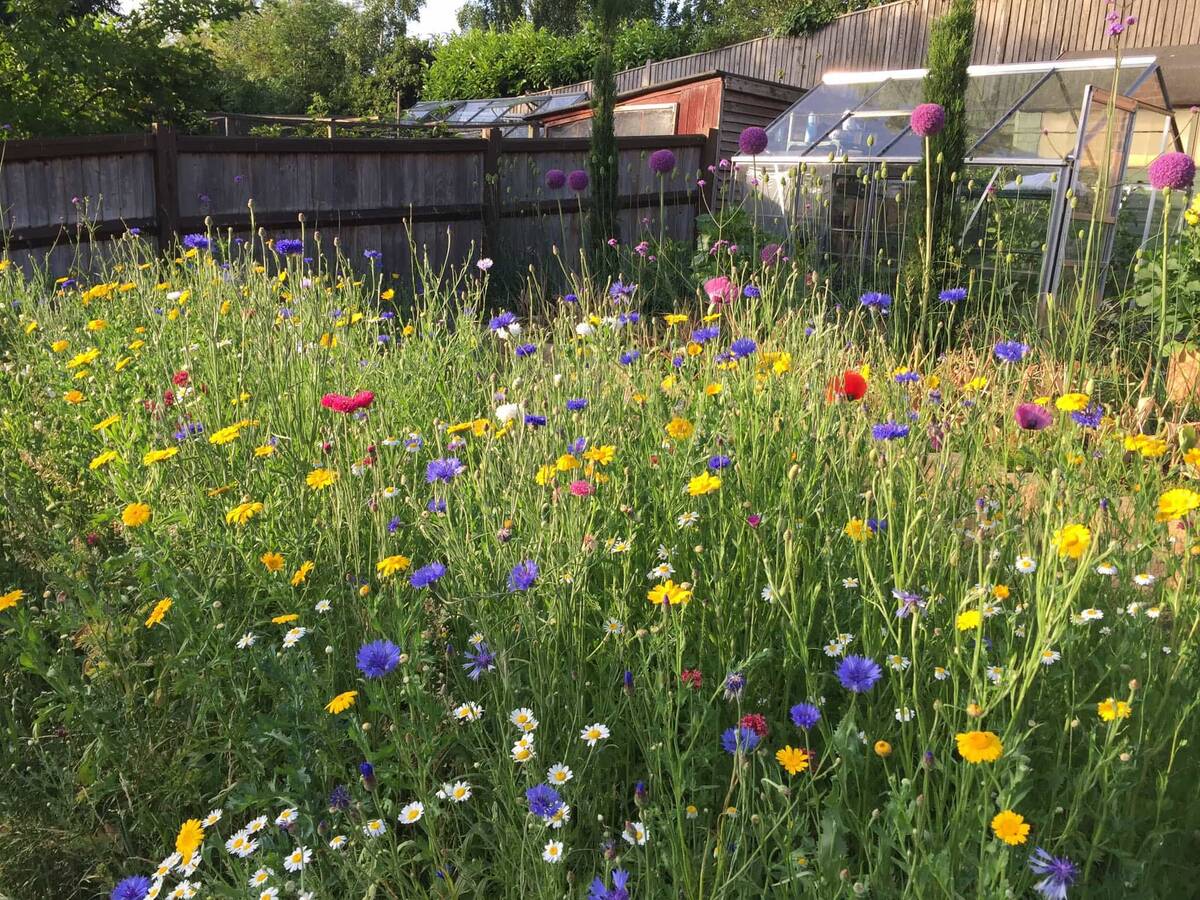

Plant Care & Gardening Tips
How To Grow A Wildflower Meadow
Published: December 24, 2023
Learn plant care and gardening tips for creating a beautiful wildflower meadow in your garden. Discover the best practices for growing a vibrant and sustainable wildflower habitat.
(Many of the links in this article redirect to a specific reviewed product. Your purchase of these products through affiliate links helps to generate commission for Storables.com, at no extra cost. Learn more)
Introduction
Welcome to the wonderful world of wildflower meadows! Creating a wildflower meadow is a delightful way to bring the beauty and vibrancy of nature right into your own backyard. Whether you have a small patch of land or a larger area to work with, a wildflower meadow can be a stunning and ecologically beneficial addition to your outdoor space. In this guide, we will explore the step-by-step process of establishing a wildflower meadow, from selecting the perfect location to enjoying the colorful blooms that will follow.
Wildflower meadows are more than just visually appealing; they also play a crucial role in supporting local ecosystems by providing food and habitat for various forms of wildlife, including bees, butterflies, and birds. By creating a wildflower meadow, you can contribute to the conservation of native plant species and help sustain the biodiversity of your area.
Whether you are an experienced gardener or a complete novice, this guide will provide you with the knowledge and confidence to embark on this rewarding horticultural journey. So, roll up your sleeves, grab your gardening tools, and let’s dive into the enchanting world of wildflower meadows!
Key Takeaways:
- Creating a wildflower meadow is a fun way to bring nature into your backyard, and it helps support local wildlife and biodiversity.
- To grow a wildflower meadow, choose a sunny spot with well-drained soil, prepare the soil, select the right seeds, and provide ongoing care for a beautiful and thriving meadow.
Read more: How To Maintain A Wildflower Meadow
Choosing the Right Location
When it comes to establishing a wildflower meadow, selecting the right location is paramount to its success. Ideally, you’ll want to choose a spot that receives plenty of sunlight, as most wildflowers thrive in sunny conditions. Aim for an area that receives at least six to eight hours of direct sunlight per day. Additionally, ensure that the location has good drainage to prevent waterlogging, as most wildflowers prefer well-drained soil.
Take note of the existing vegetation in the area. If the location is currently covered in grass, you may need to remove it to give the wildflower seeds a better chance to establish themselves. While wildflowers can thrive in a variety of soil types, it’s important to assess the fertility of the soil. In general, wildflowers prefer soil that is not overly rich in nutrients, so if your soil is particularly fertile, you may need to take steps to reduce its fertility.
Consider the surrounding landscape and how the wildflower meadow will fit into it. If you have a larger area to work with, think about the overall design of the meadow and how it will blend with the rest of your garden or outdoor space. Keep in mind that wildflower meadows can be a bit wild and untamed in appearance, which adds to their charm, but it’s still important to consider how the meadow will complement its surroundings.
By carefully selecting the right location for your wildflower meadow, you can set the stage for a flourishing and visually captivating natural habitat that will bring joy to both you and the local wildlife.
Preparing the Soil
Before sowing the seeds for your wildflower meadow, it’s essential to prepare the soil to create an optimal environment for the seeds to germinate and the young plants to thrive. The first step in soil preparation is to clear the area of any existing vegetation, such as grass, weeds, or other unwanted plants. This can be done by hand or through the use of a suitable herbicide, depending on the size of the area and your personal preferences.
Once the area is clear, it’s time to assess the soil and make any necessary amendments. While wildflowers are known for their ability to adapt to various soil types, they generally prefer soil that is not overly rich in nutrients. If your soil is particularly fertile, you may need to reduce its fertility by incorporating organic matter, such as compost or well-rotted manure, to balance the nutrient levels. This can help create a more suitable growing environment for the wildflowers.
After amending the soil, it’s crucial to ensure that it is well-drained. If the soil tends to retain water or become waterlogged, consider incorporating coarse sand or grit to improve drainage. Additionally, gently tilling the soil can help create a loose, aerated texture that is conducive to seed germination and root development.
Before proceeding with sowing the wildflower seeds, it’s beneficial to rake the soil to create a level surface. This will provide an even bed for the seeds and allow for better seed-to-soil contact, which is essential for successful germination. Once the soil is prepared, you’re ready to move on to the next exciting step: selecting the perfect wildflower seeds for your meadow.
Selecting Wildflower Seeds
Choosing the right wildflower seeds is a crucial aspect of creating a vibrant and diverse meadow that will thrive throughout the seasons. When selecting seeds, consider the climate and growing conditions in your area, as well as the specific visual and ecological impact you hope to achieve. Many suppliers offer pre-mixed wildflower seed blends tailored to different regions and purposes, making it easier to find a suitable option for your meadow.
For a meadow that bursts with color and attracts a variety of pollinators, opt for a mix of annual and perennial wildflowers. Annual wildflowers typically bloom in the first year, adding immediate color and interest to the meadow, while perennial varieties will continue to bloom in subsequent years, providing long-term beauty and habitat for wildlife.
Consider the height, color, and bloom time of the wildflowers when choosing your seed mix. A diverse range of heights and bloom times will create a visually dynamic and ever-changing landscape. Additionally, a mix of flower shapes, such as daisies, coneflowers, and lupines, will appeal to different pollinators, ensuring a healthy and balanced ecosystem within your meadow.
It’s also important to select native wildflower species whenever possible. Native plants are well-adapted to the local environment and provide essential resources for indigenous wildlife. By incorporating native wildflowers into your meadow, you can contribute to the preservation of local biodiversity and create a more sustainable and resilient ecosystem.
Before sowing the seeds, familiarize yourself with the specific requirements of each wildflower species. Some seeds may benefit from stratification, a process that mimics the natural winter conditions required for germination. Others may require scarification to help break through tough seed coats. Understanding these needs will increase the success rate of your seed sowing efforts and contribute to a thriving and diverse wildflower meadow.
Choose a sunny spot with well-drained soil. Remove existing vegetation and loosen the soil. Plant a mix of native wildflower seeds in the fall or early spring. Water regularly until established. Avoid using herbicides.
Planting the Meadow
Now that you have selected the perfect wildflower seeds for your meadow, it’s time to bring your vision to life by sowing the seeds and establishing a flourishing tapestry of wildflowers. The ideal time for planting wildflower seeds is typically in the spring or fall, when the soil is warm and moist, providing optimal conditions for germination.
Before sowing the seeds, consider the size of the area and the desired density of the wildflowers. For larger areas, using a seed spreader can help ensure even distribution, while smaller spaces may benefit from hand broadcasting the seeds. It’s important to achieve a balance between a naturalistic, random distribution of seeds and avoiding overly dense patches that can hinder growth and airflow.
Once the seeds are distributed, lightly rake the soil to cover the seeds with a thin layer of soil. This will protect the seeds from being eaten by birds and help maintain consistent moisture levels, promoting successful germination. After sowing, gently press the soil to ensure good seed-to-soil contact, which is essential for the germination process.
Water the newly sown area gently to avoid displacing the seeds, and continue to keep the soil consistently moist until the seeds have germinated and the young plants are established. Depending on the weather conditions, you may need to water the area regularly, especially during dry spells, to support the growth of the emerging seedlings.
As the wildflowers begin to grow, it’s essential to monitor the area for any signs of competition from weeds. While wildflowers are resilient, they can benefit from a helping hand in the early stages of growth. Carefully remove any weeds that may threaten to outcompete the wildflowers, being mindful not to disturb the emerging seedlings.
With proper care and attention, your wildflower meadow will begin to take shape, with delicate seedlings sprouting and preparing to dazzle you with their colorful blooms. The anticipation of seeing the first flowers emerge is a truly rewarding experience, marking the beginning of a vibrant and biodiverse wildflower meadow.
Read more: Why Are Wildflower Meadows Important?
Maintenance and Care
Once your wildflower meadow begins to bloom and flourish, it’s important to provide ongoing maintenance and care to ensure its long-term success and vitality. While wildflowers are known for their resilience and ability to thrive with minimal intervention, a few simple practices can help support a healthy and diverse meadow ecosystem.
Regular monitoring of the meadow is essential to identify any potential issues early on. Keep an eye out for invasive weeds that may encroach on the wildflowers, and promptly remove them to prevent them from outcompeting the native plants. Additionally, be mindful of any signs of pest infestations or diseases that may affect the wildflowers, taking appropriate measures to address these issues if they arise.
During dry periods, especially in the initial stages of growth, it’s important to water the meadow as needed to support the establishment of the wildflowers. While established wildflowers are generally drought-tolerant, young seedlings may require supplemental watering during prolonged dry spells to ensure healthy growth and development.
Resist the urge to fertilize the wildflower meadow, as excessive nutrients can encourage the growth of aggressive grasses and weeds, potentially overshadowing the wildflowers. Wildflowers are well-adapted to low-nutrient environments, and adding fertilizer can disrupt the natural balance of the meadow ecosystem.
Once the wildflowers have finished blooming for the season, resist the urge to mow the meadow immediately. Allowing the plants to set seed will support the reseeding and natural regeneration of the meadow for the following year. After the seeds have dispersed, you can mow the meadow to a height of a few inches to tidy the area and promote healthy regrowth for the next season.
By implementing these simple maintenance practices, you can help ensure that your wildflower meadow remains a vibrant and biodiverse haven for years to come. With a little care and attention, your meadow will continue to evolve and enchant, providing a delightful display of nature’s beauty and a valuable habitat for local wildlife.
Enjoying Your Wildflower Meadow
As your wildflower meadow matures and evolves, it will become a captivating and ever-changing tapestry of colors, textures, and life. Embracing the beauty and biodiversity of your meadow is a rewarding experience that offers a multitude of ways to engage with and appreciate this natural wonder.
One of the most delightful aspects of a wildflower meadow is the seasonal transformation it undergoes. From the first delicate blooms of spring to the robust and vibrant displays of summer, and finally to the golden hues of autumn, each season brings new delights to your meadow. Take the time to observe and appreciate the subtle shifts and changes that occur throughout the year, and immerse yourself in the dynamic beauty of your wildflower haven.
Creating opportunities for wildlife observation is another enriching way to enjoy your meadow. The diverse array of wildflowers will attract an assortment of pollinators, including bees, butterflies, and other beneficial insects, providing a captivating spectacle of nature in action. Set aside moments to sit and observe the flurry of activity as these vital pollinators go about their essential work, contributing to the health and sustainability of your meadow ecosystem.
Consider documenting the progression of your wildflower meadow through photography or sketching. Capturing the ephemeral beauty of the blooms, the intricate details of the plant life, and the interactions of wildlife within the meadow can provide a lasting record of the ever-changing landscape and the moments of wonder it offers.
Sharing the joy of your wildflower meadow with others can also be immensely fulfilling. Invite friends, family, and neighbors to experience the enchantment of the meadow, perhaps by hosting a casual gathering or nature walk. By sharing your passion for the meadow, you can inspire others to appreciate the beauty of wildflowers and the importance of preserving natural habitats.
Ultimately, the simple act of spending time in your wildflower meadow, whether it’s through quiet contemplation, engaging in creative pursuits, or sharing the experience with others, can bring a sense of tranquility, wonder, and connection to the natural world. Your wildflower meadow is a living tapestry that invites you to immerse yourself in its beauty, fostering a deeper appreciation for the intricate and awe-inspiring wonders of nature.
Frequently Asked Questions about How To Grow A Wildflower Meadow
Was this page helpful?
At Storables.com, we guarantee accurate and reliable information. Our content, validated by Expert Board Contributors, is crafted following stringent Editorial Policies. We're committed to providing you with well-researched, expert-backed insights for all your informational needs.
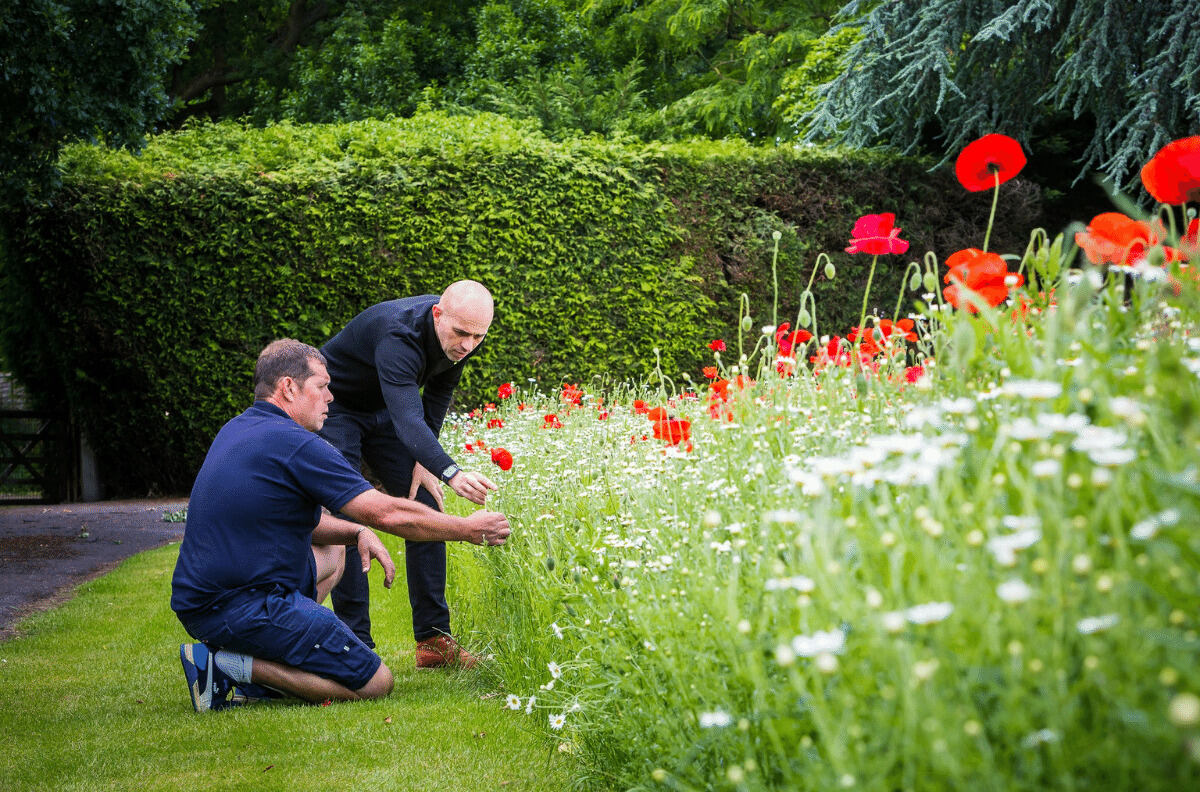
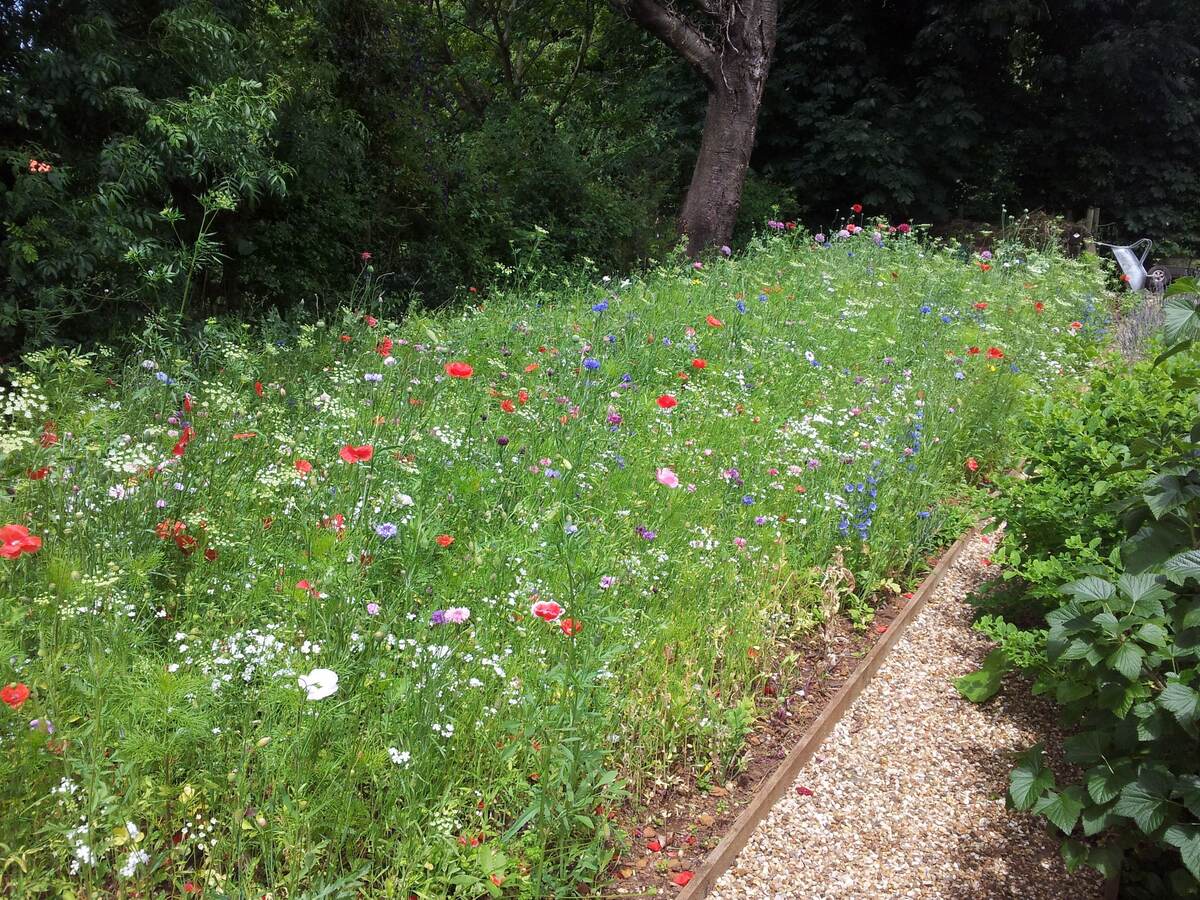
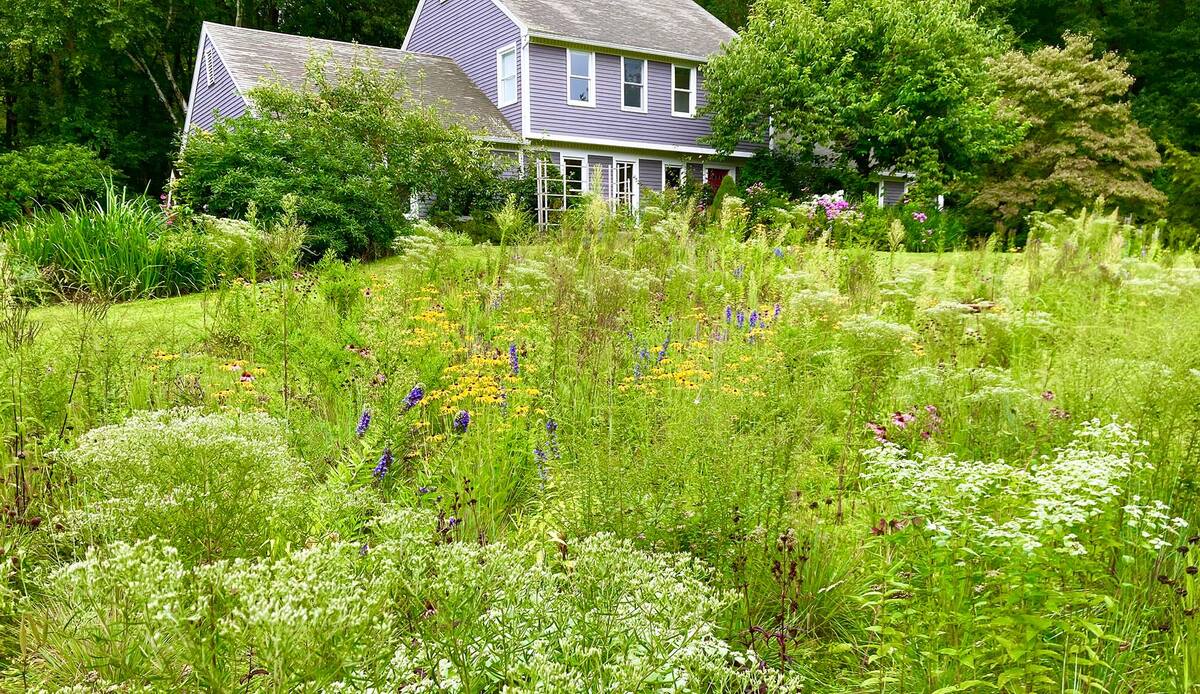
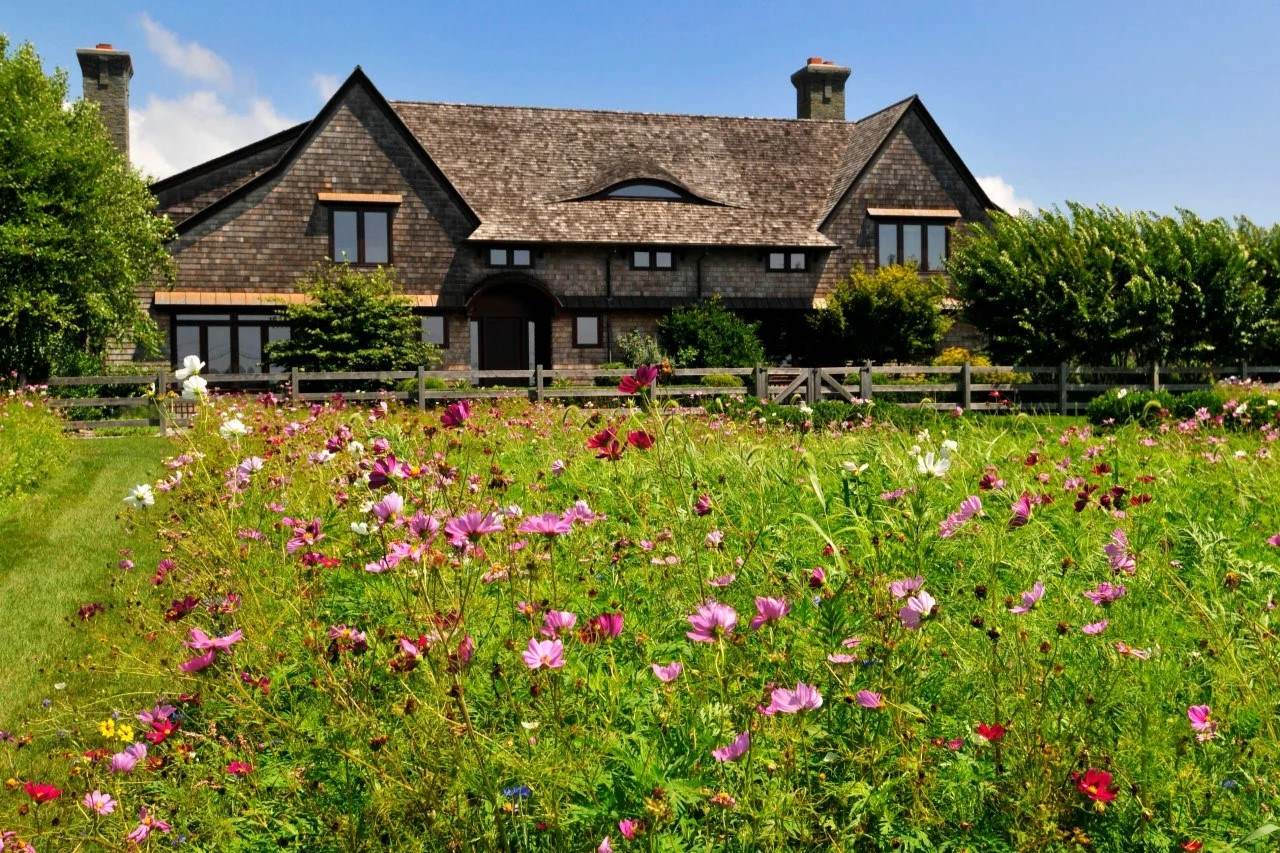
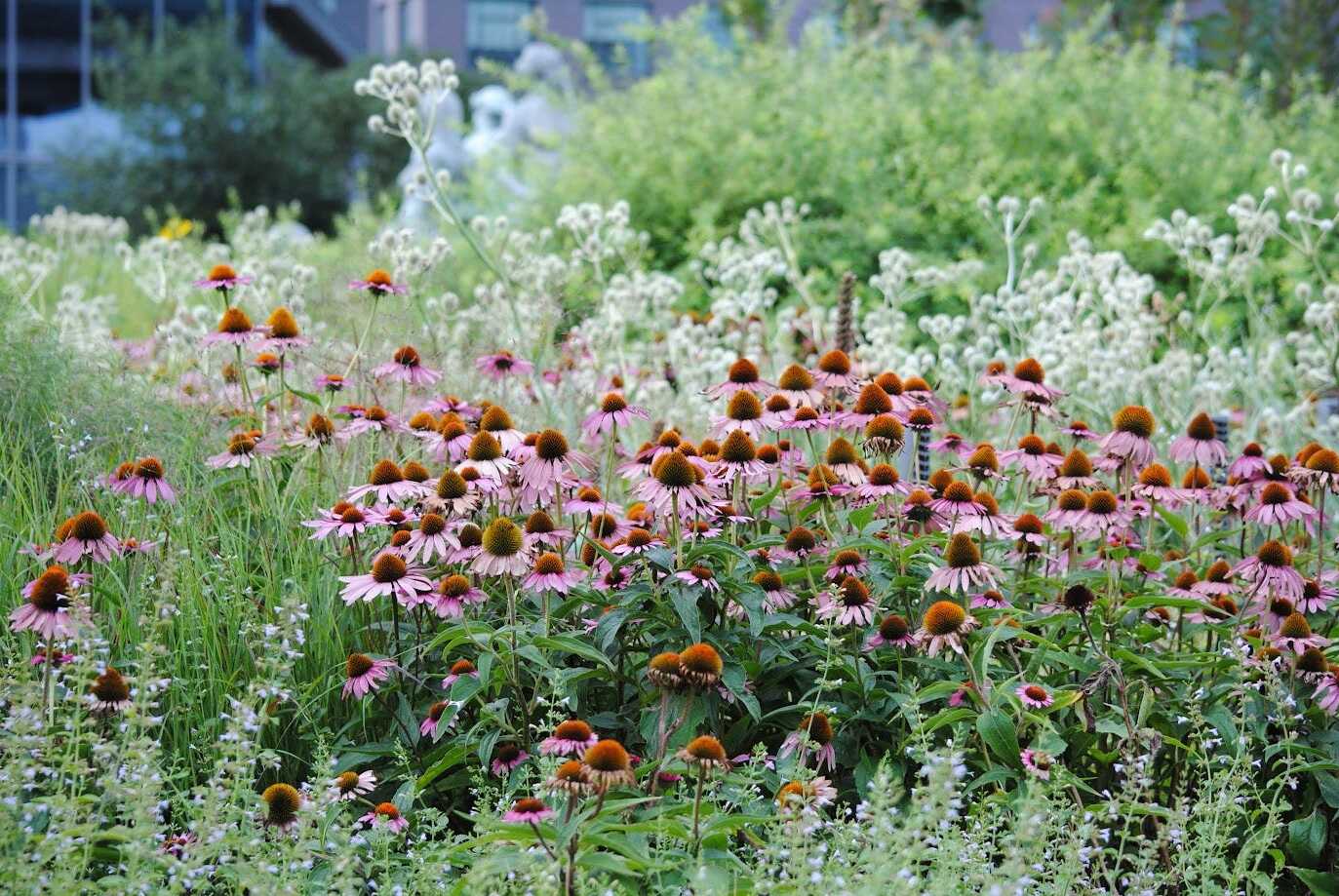
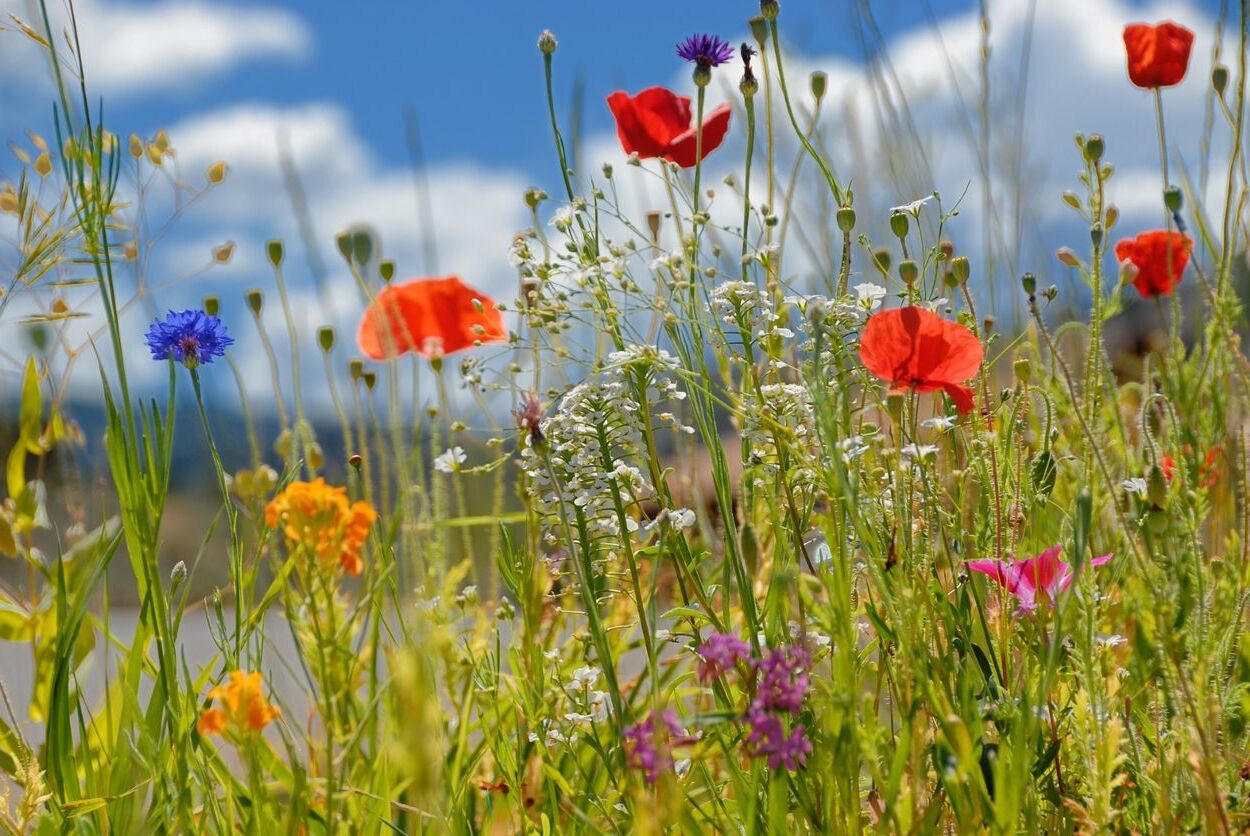
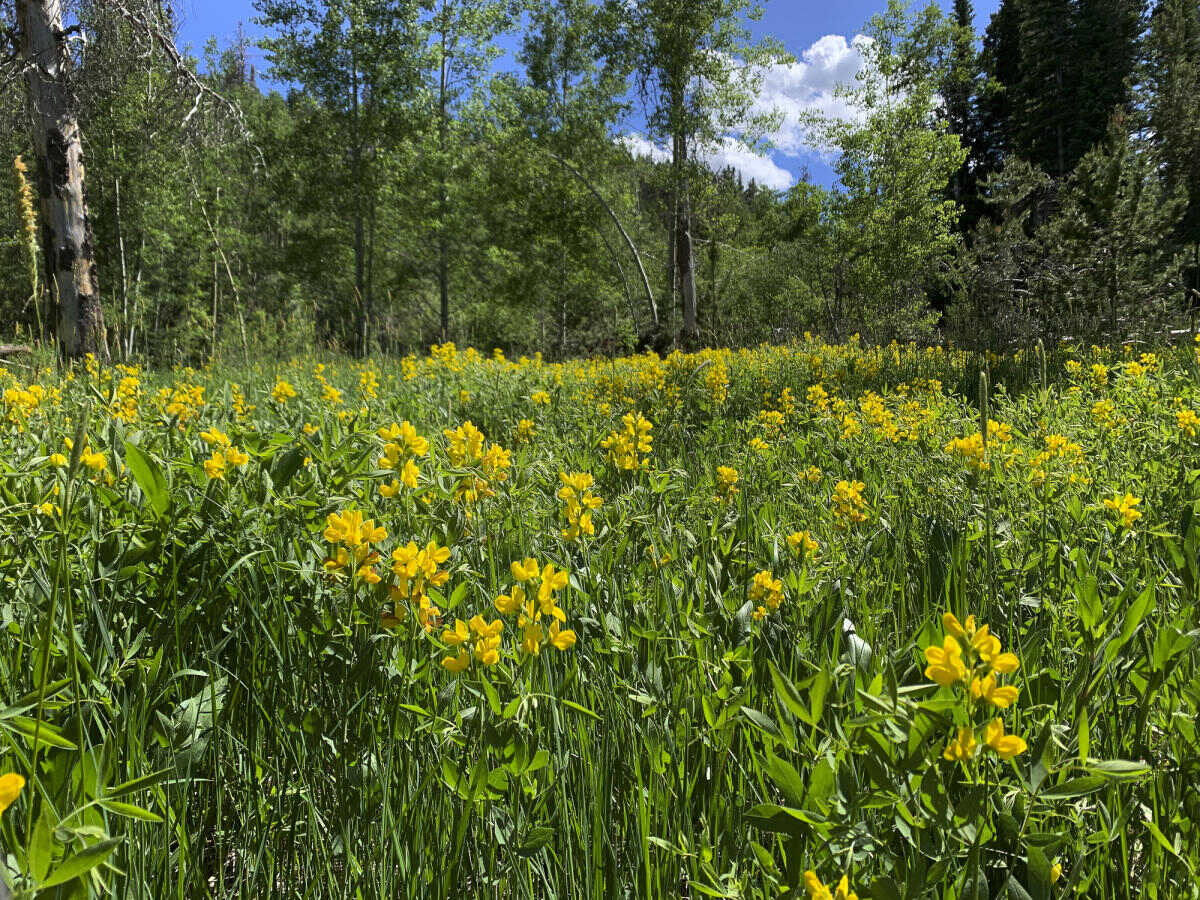
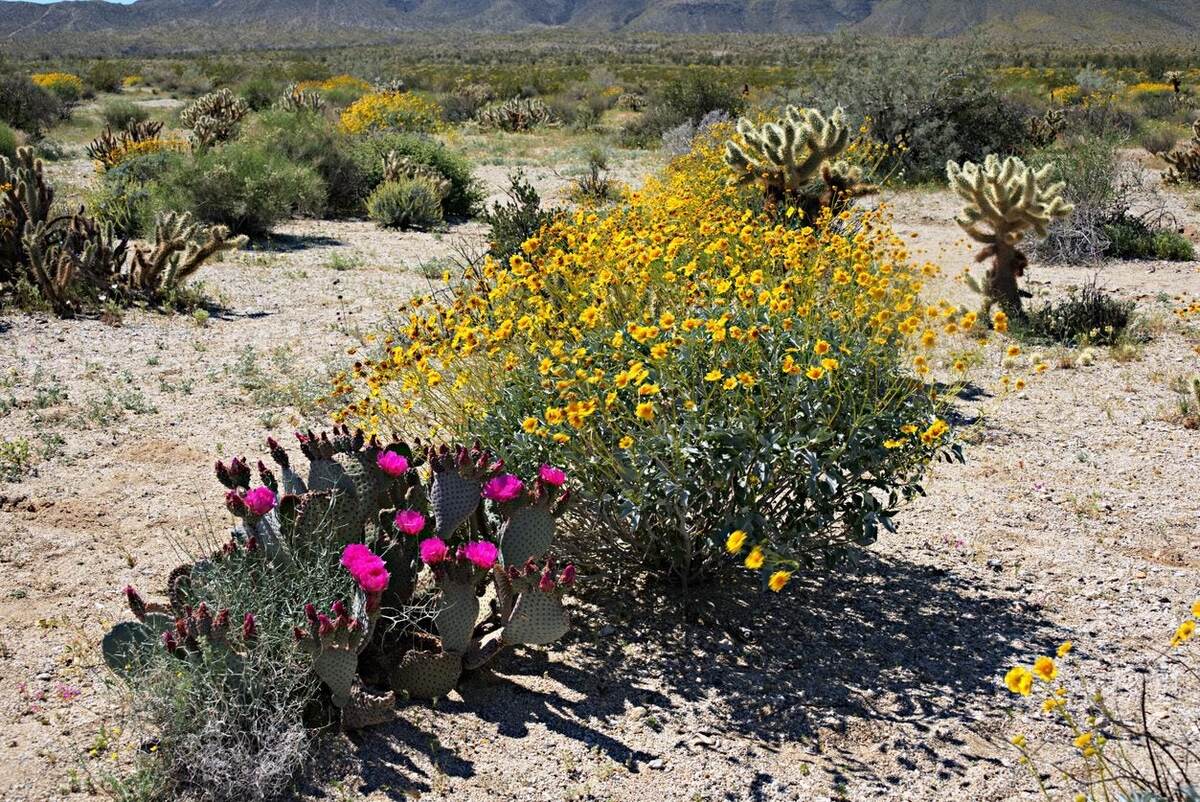
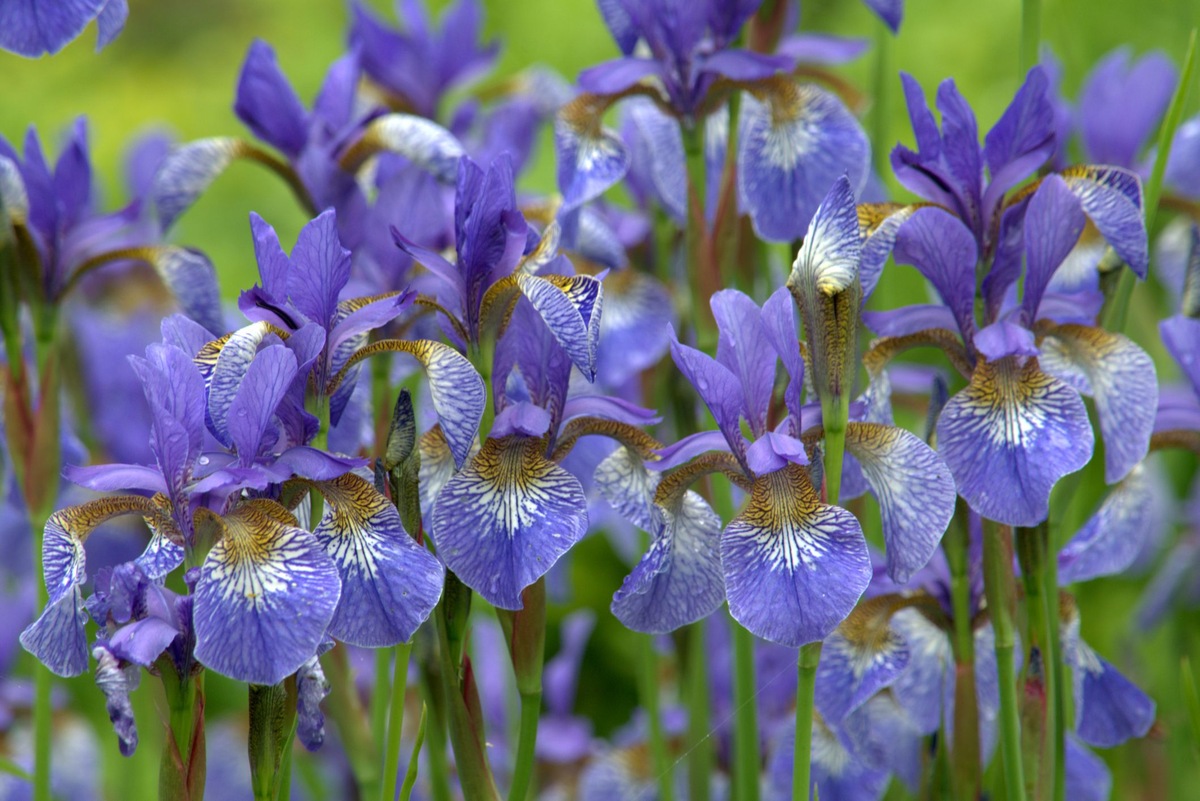
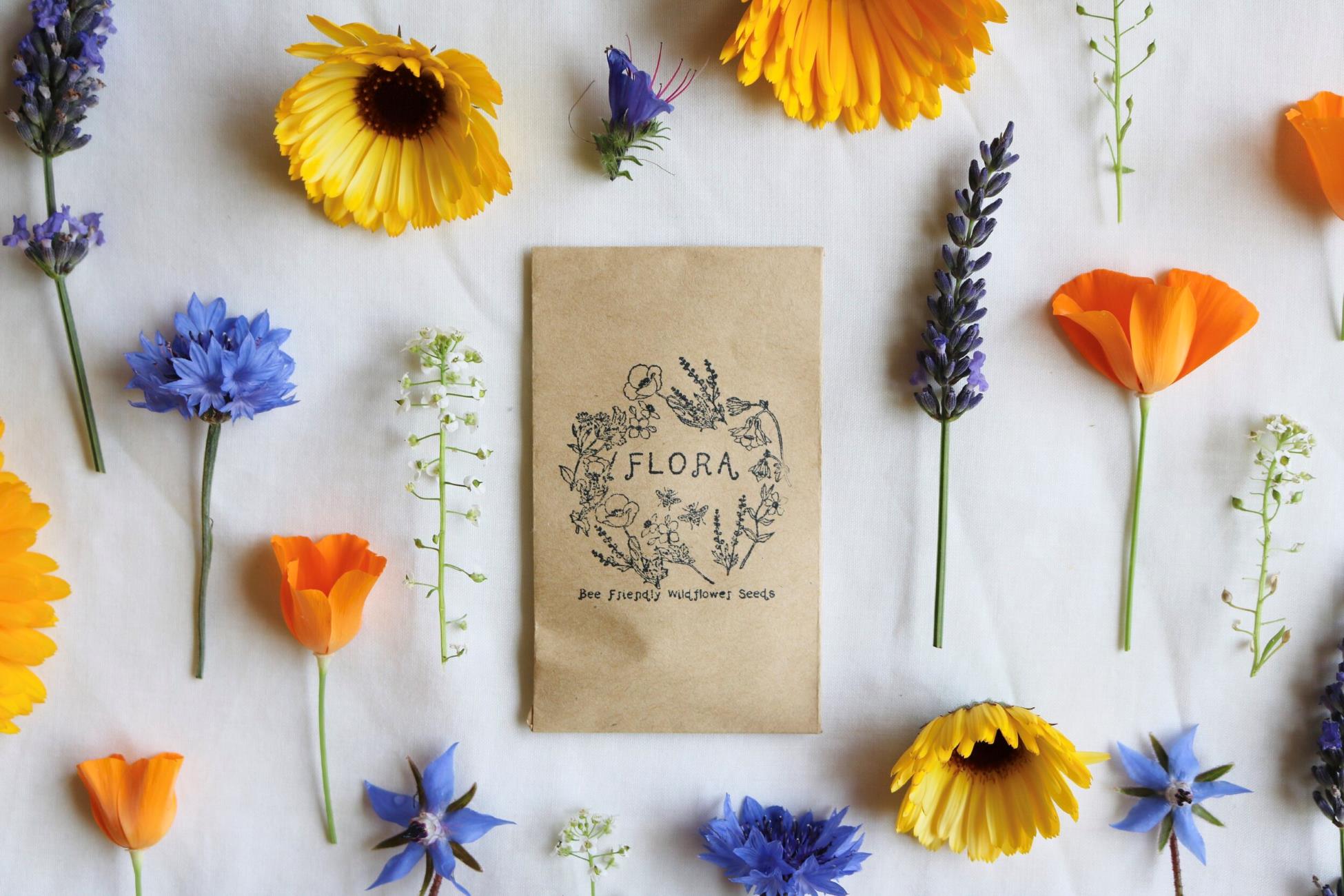
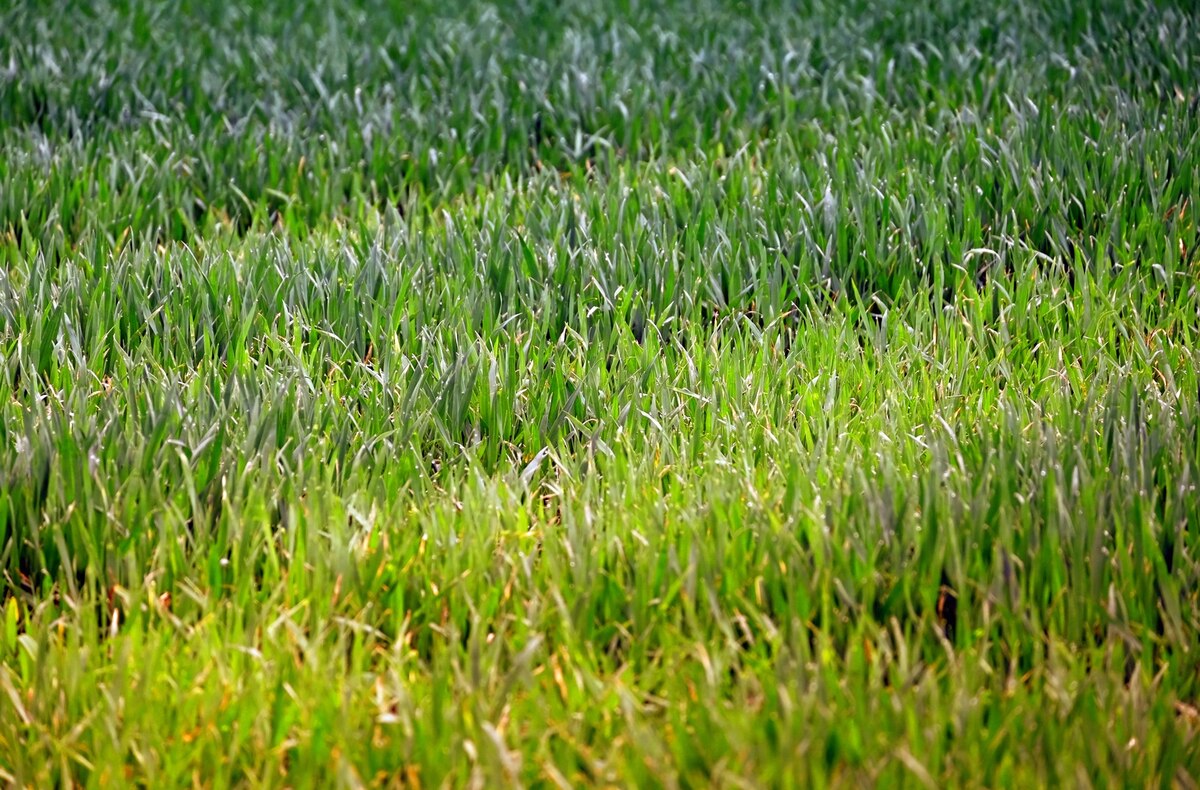
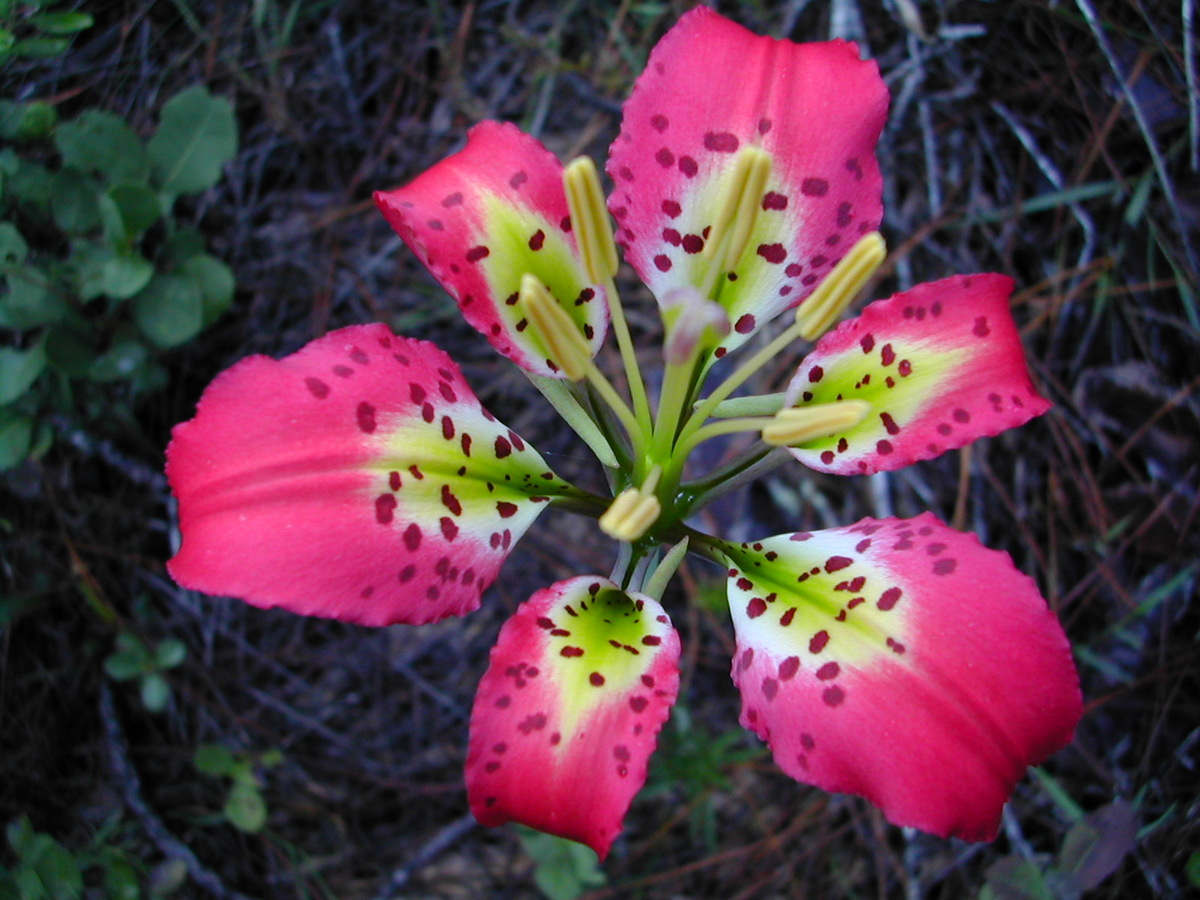
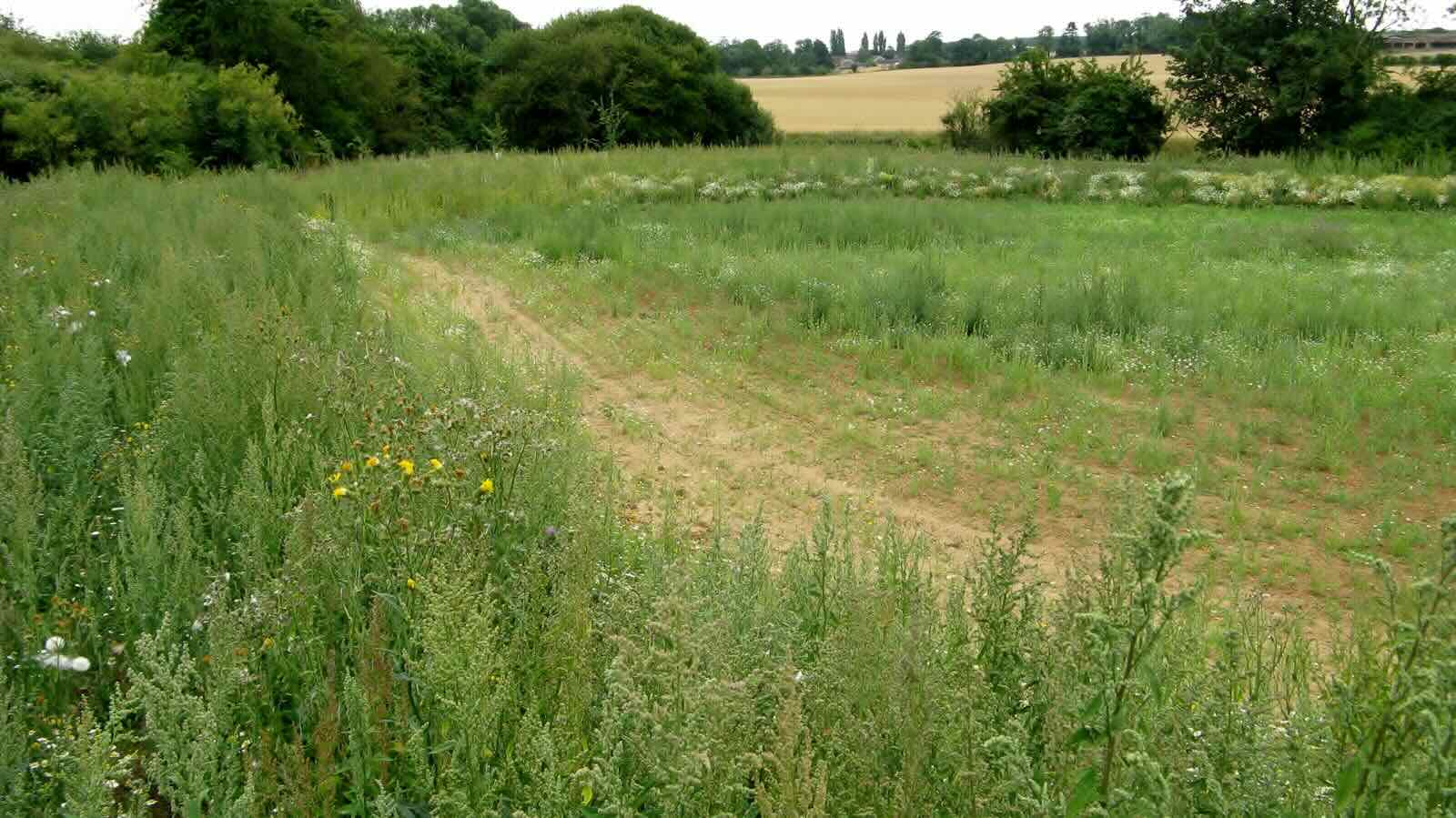
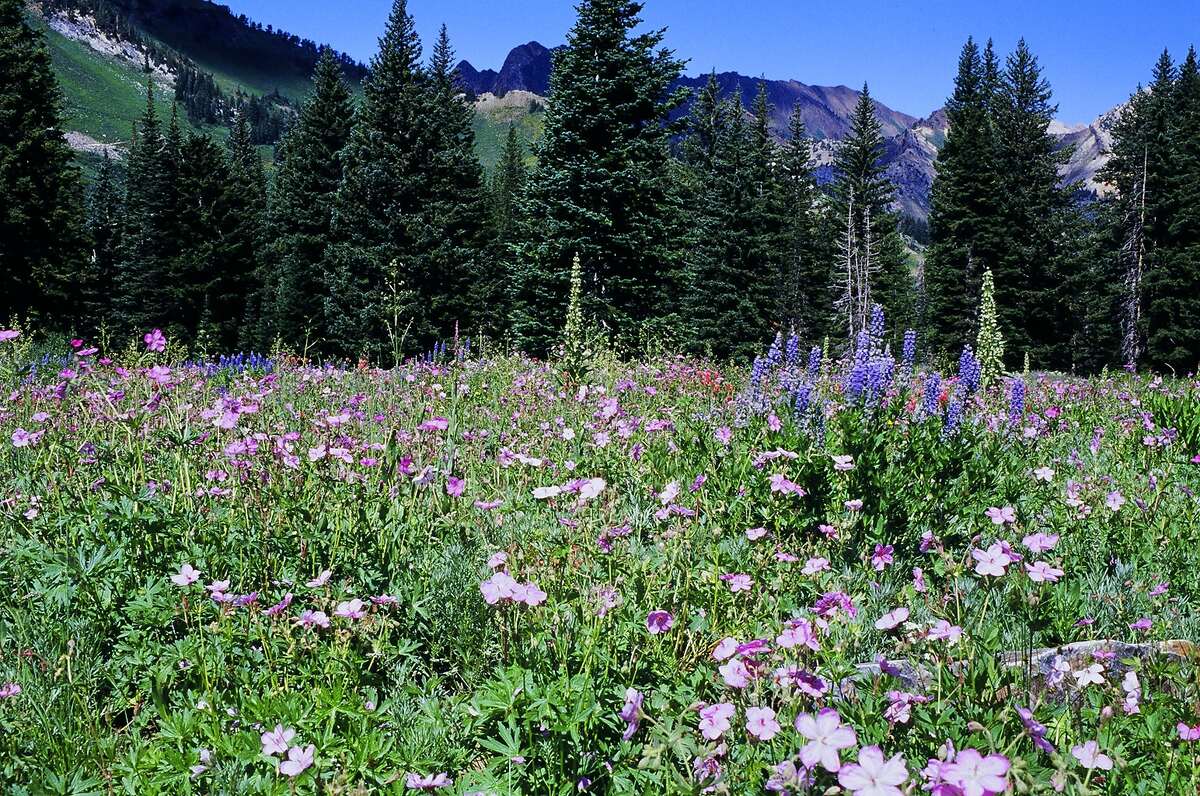

0 thoughts on “How To Grow A Wildflower Meadow”